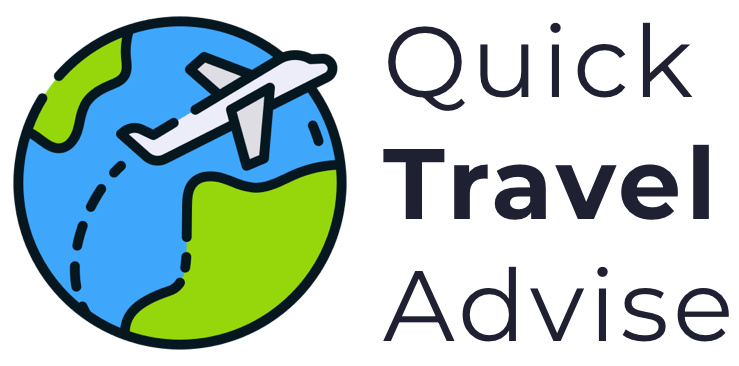Avoiding tilting trains in Switzerland
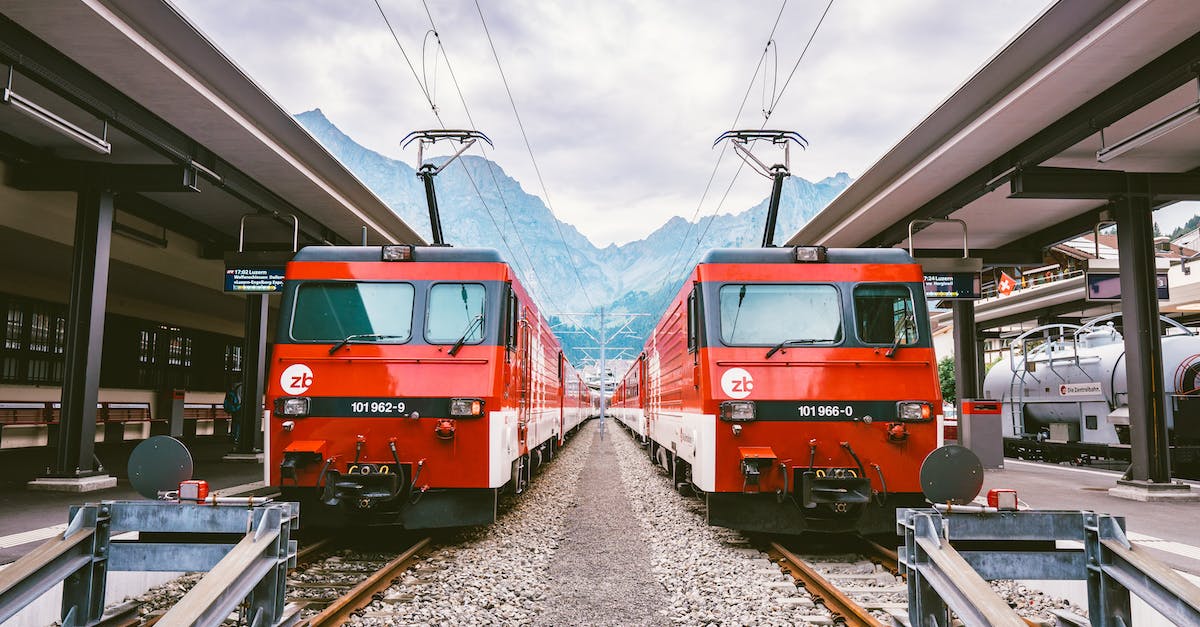
I really don't like tilting trains, because I always feel slightly sick in there. With normal trains I don't have any problems at all. Unfortunately, there are a lot of tilting trains on the route from Zürich to Lugano. Therefore I have two questions:
Is there a way to tell in advance if it will be a tilting train?
Is there any other rail-based option to get from Zürich to Lugano avoiding tilting trains at all?
Best Answer
Late to answer but notheworthy:
During the December 2017 timetable change of Swiss railways, decision was taken to phase out the ICN designation of tilting trains (this was related to a specific rolling stock) and replace that by regular IC naming. This was done as a global move to simplify the network perception, as long-distance (IC and IR) routes now have numbers, a bit like local lines in S-bahn/RER areas.
Lines usually operated with tilting stock are so because of the slightly reduced travel time on twisty routes. One big principle of Swiss trains scheduling is to allow timed transfers at major hubs.
Now, the lines operated using tilting trains are:
- IC 5 Lausanne to St. Gallen (sometimes Geneva Airport to St. Gallen) : always using ICN stock, except for the occasional Lausanne-Neuchâtel extra service operated with regular cars. Take the route through Fribourg and Bern instead, operated as IC 1. Between Olten and St. Gallen, both routes are the same. IC 1 is operated using regular double-decker stock. Reaching the Jura foot route stations between Lausanne and Olten is quite impossible without a tilting train, unless you make your way using local services radiating from Bern, Fribourg and other reachable cities from the IC 1 route.
- IC 2 Zurich HB to Lugano : mostly using ICN stock if not always. Stretch between Zug and Arth-Goldau is a twisty single track on a lake shore, the perfect terrain where tilting stock has an advantage. To avoid, you could make a detour through Lucerne and/or take the shorter route to Ertsfeld then change into the slower train that takes the historic Gotthard route. And it is very scenic although it takes longer. The newest Gotthard base tunnel, longest in the world, cuts 1 hour compared to the historic route.
- IC 21 Basel SBB to Lugano : same remarks
- EC Geneva - Milano Centrale: operated using ETR610 stock. Very comfortable, less aggressive tilts, those are the newest tilting trains available unless you get an Trenitalia-branded train which is a bit older. The SBB-branded ones are newer. This is difficult to predict.
- EC Basel - Milano Centrale or Zürich HB - Milano Centrale : operated using ETR610
- EC Frankfurt - Milano Centrale : operated using ETR610
Pictures about "Avoiding tilting trains in Switzerland"
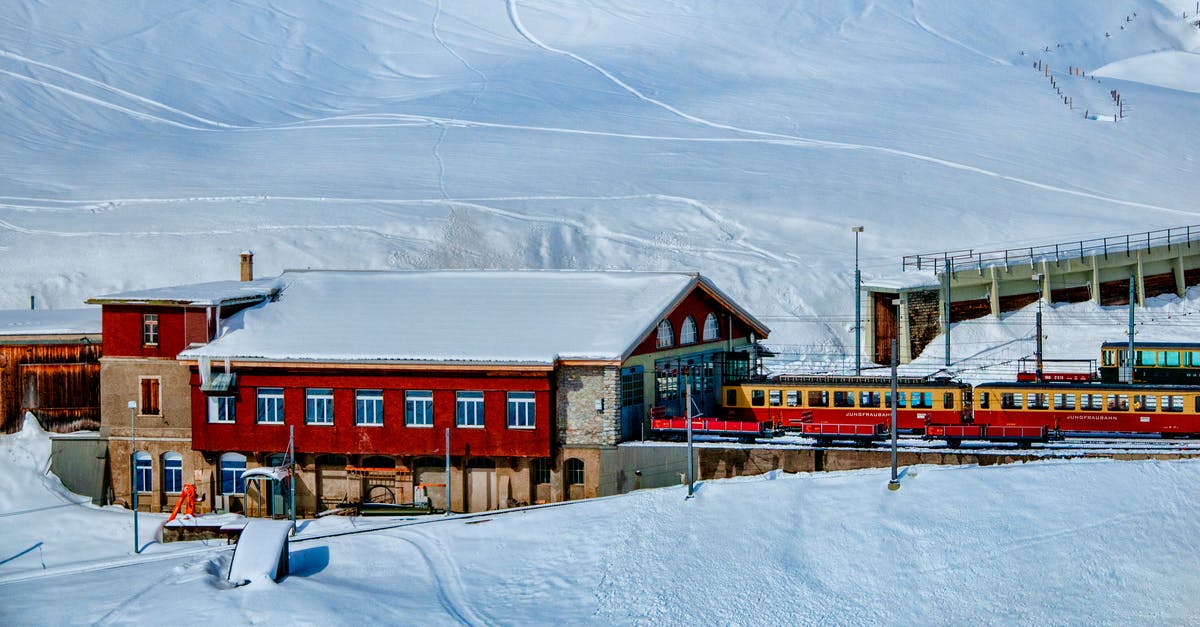
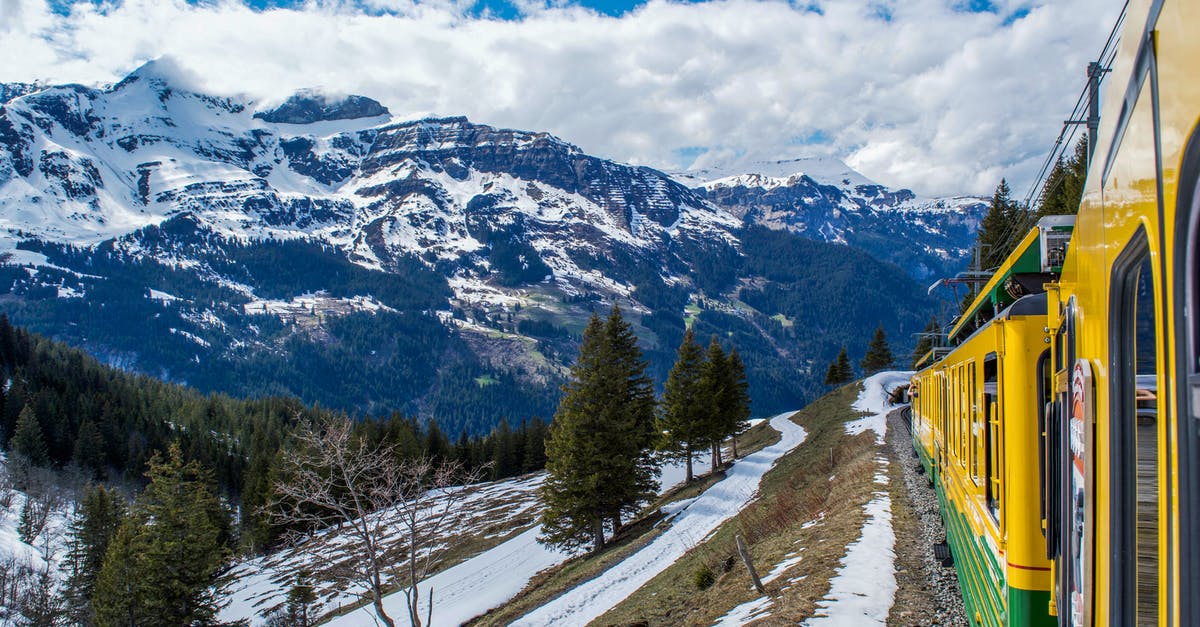
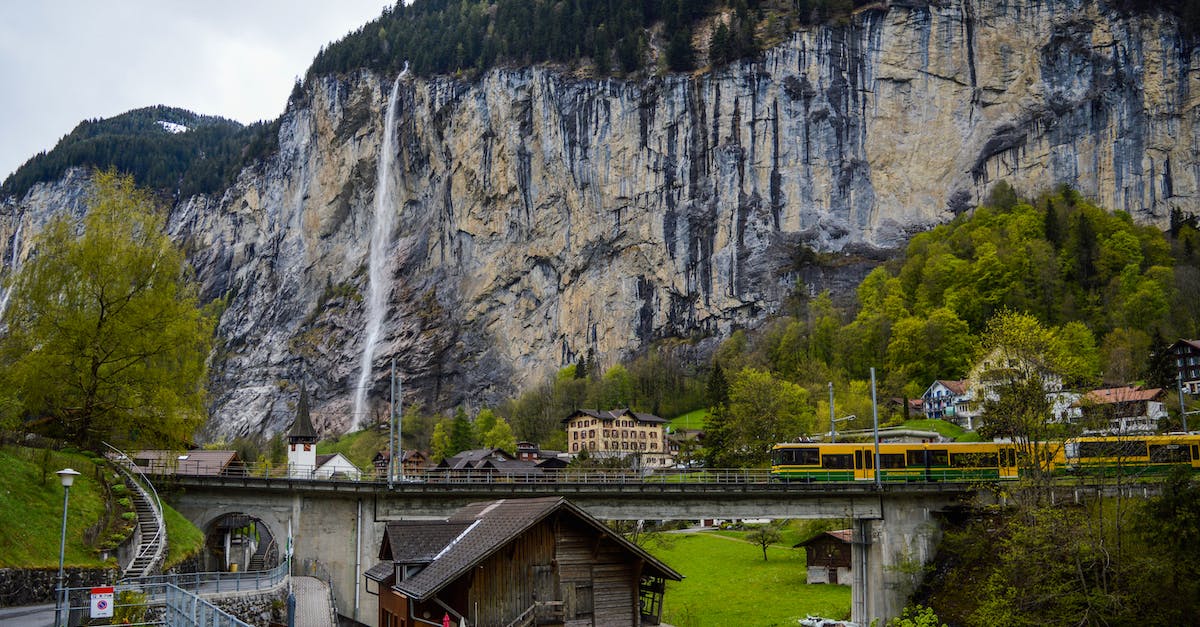
What is tilting train Switzerland?
The small alpine nation of Switzerland doesn't have a lot of straight sections of railway. Tilting trains offer higher levels of passenger comfort and allow trains to travel at speeds up to 35% faster than conventional trains around the endlessly curving railways traversing the country.Why do Pendolino trains tilt?
The latest Pendolino trains have tilting pantographs fixed on the roof of the cars. Whenever the train tilts, the carriage slides sideways due to an active counter-translation hydraulic system, which enables the pantograph to remain centred.What happened to the tilting train?
It's still in service and is due to be replaced only from 2017. However, 1984 wasn't the last time the APT carried passengers, as BR kept the stock in use as a relief train - filling in when others were unavailable - until the winter of 1985-86.Can you sleep on the train in Switzerland?
In cooperation with Austrian Federal Railways (\xd6BB), the Swiss Federal Railways is now operating a daily Nightjet connection with sleeping and couchette cars from Zurich to Amsterdam.Swiss Tilting Trains
More answers regarding avoiding tilting trains in Switzerland
Answer 2
First note that tilting trains are used in specific areas of Europe; some countries have none and some have a lot. On Wikipedia you can find references to it. Apparently you know this but not everyone does, and it could be useful to know in advance where you might find them.
When searching the CFF website, I found that they give information about your train. From Zurich to Lugano, you can have an IC-tilting train, an InterRegio or maybe other trains (for my request it says you need to take a tilting train for at least part of the ride).
Answer 3
FWIW, an update to the answers…
In Switzerland, domestic tilting trains are marked ICN (as it has been said). Tilting train sets may occasionally appear in non-ICN-marked services (a good example is the service between Basel SBB and Zürich Airport which do not serve Zürich HB).
Tilting trains are also used on some (most) EC connections between Switzerland (Genève/Basel/Bern/Zürich) and Italy (Milano).
There are no tilting trains between Switzerland and Germany, France, and Austria.
Sources: Stack Exchange - This article follows the attribution requirements of Stack Exchange and is licensed under CC BY-SA 3.0.
Images: Chait Goli, Frans van Heerden, Gotta Be Worth It, Gotta Be Worth It
